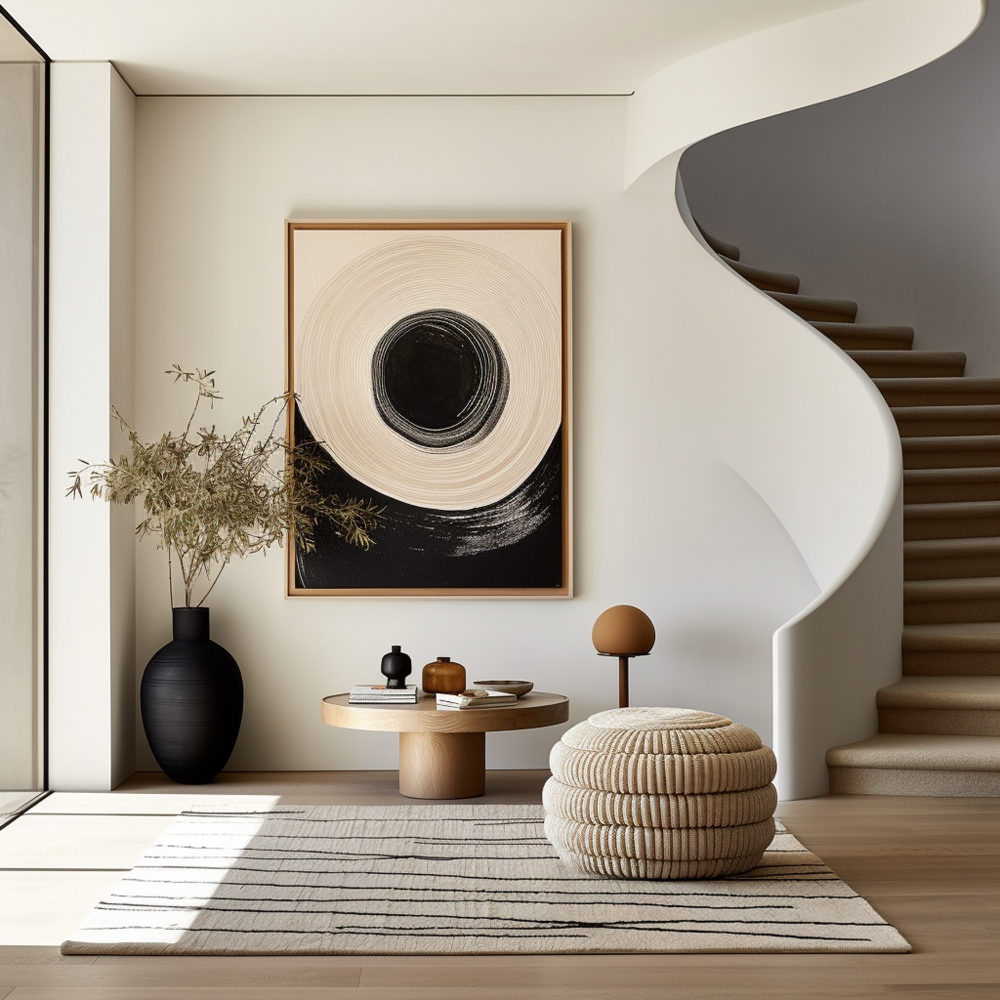
Interior Design
Furniture, Decor, Colors, and Space
What is interior design?
Interior Design Meaning: Firstly, interior design is the thoughtful arrangement of furniture, decor, colors, and space to enhance the functionality and aesthetics of an environment. Meanwhile, at its core, interior design isn’t just about making a space look good—it’s about creating an atmosphere that positively affects your emotions and mental state.
Secondly and importantly, a well-designed interior space can act as a sanctuary, providing a sense of calm and peace that directly contributes to mental well-being. With rising stress levels and fast-paced lifestyles, designing your home with intention can significantly enhance relaxation and peace.
What Do We Mean by Interior Design for Calm and Peace?
How Interior Design Contributes to Mental Peace

1. The Power of Minimalism
Clutter can often lead to mental stress. While a minimalist approach to interior design emphasizes simplicity, clean lines, and open spaces, which can reduce anxiety and promote calm.
Tip: Opt for furniture with clean, sleek designs. Reduce unnecessary items and keep only those that bring joy or serve a practical purpose.

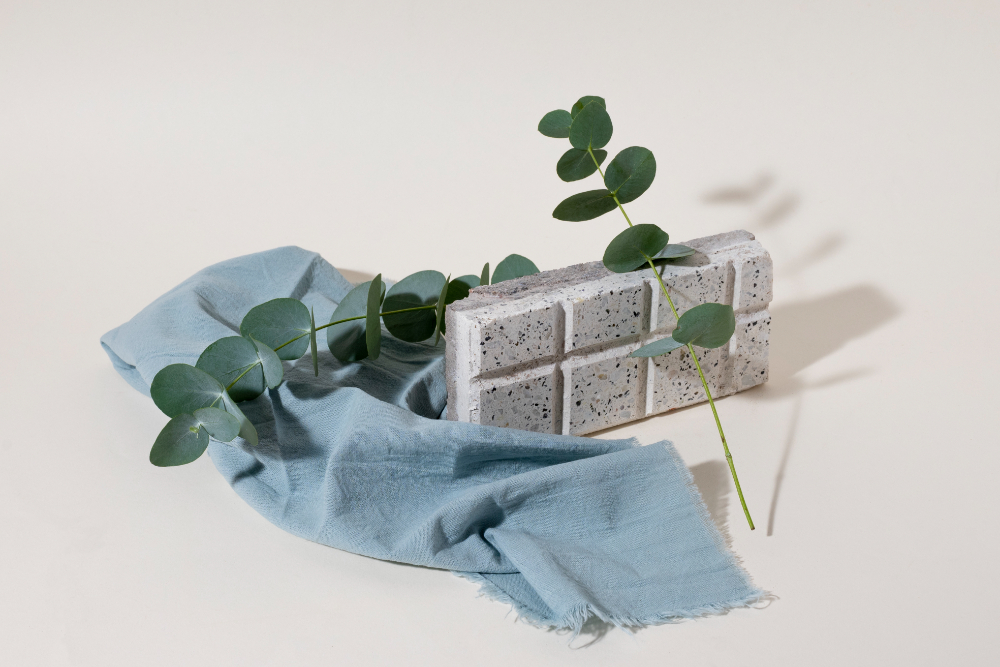
2. Color Psychology and Mood Enhancement
Colors play a vital role in shaping our emotions. Certain colors like blues, greens, and neutrals are known to promote relaxation and calmness, while brighter colors may stimulate energy.
Tip: Use soft, pastel colors for bedrooms and living spaces to create a tranquil environment. Incorporate earthy tones for a grounding effect. Here is when interior design gives you calm and peace.
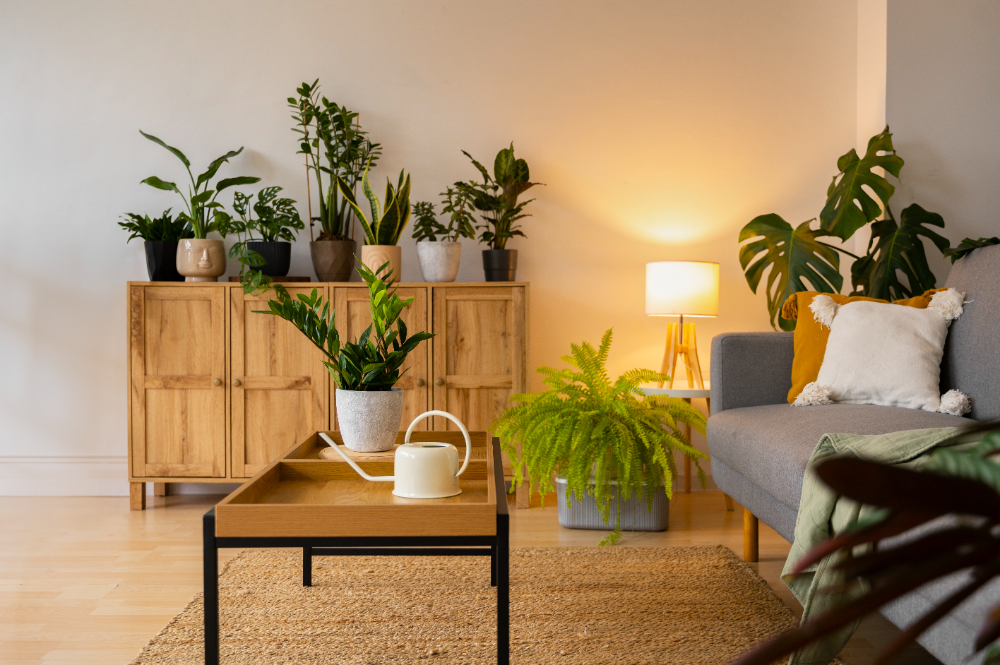
3. Natural Elements and Biophilic Design
Connecting with nature through interior design, also known as biophilic design, can lower stress and elevate mood. Incorporating elements such as plants, natural wood, and stone can help foster serenity.
Tip: Place indoor plants, add wooden furniture, and use natural fibers in decor to bring nature indoors.
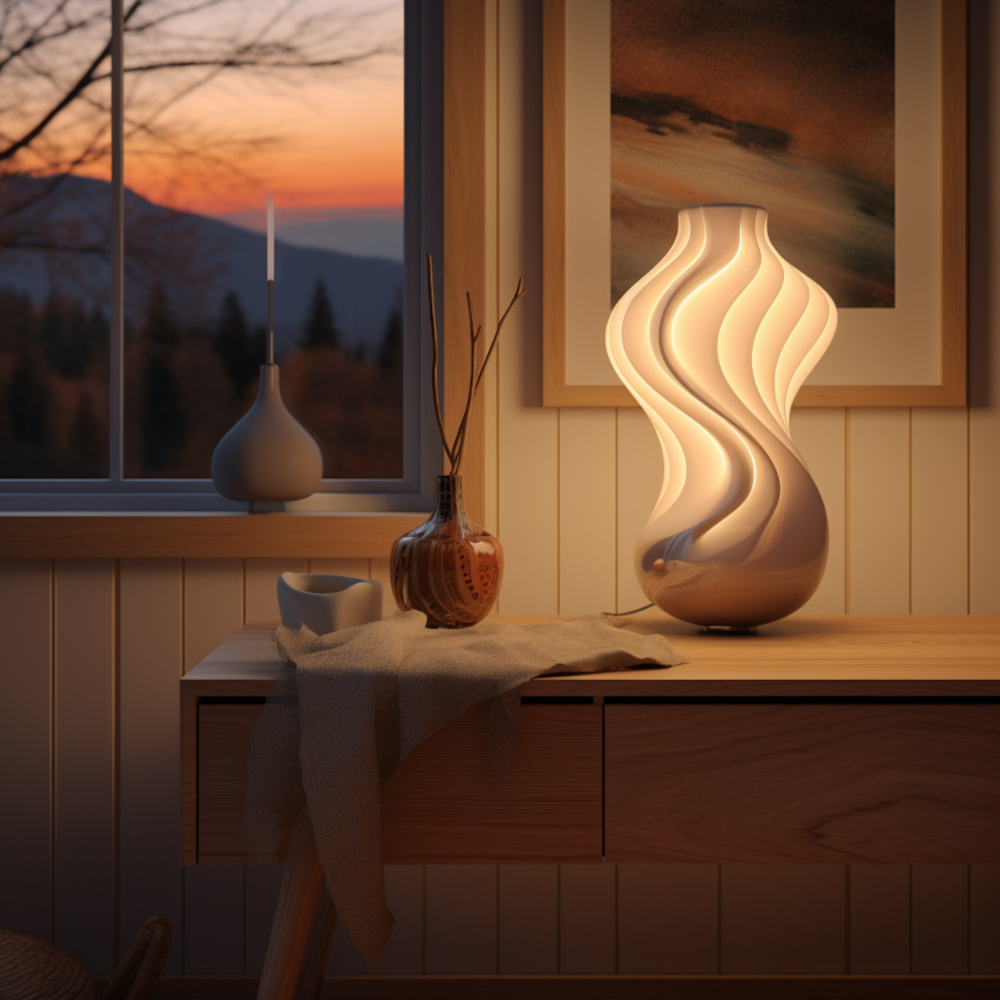
4. Lighting for Serenity
Lighting affects both mood and productivity. Harsh artificial light can increase stress, while soft, natural lighting can induce relaxation and comfort.
Tip: Maximize natural light by using light curtains. Choose warm, soft lighting fixtures to enhance evening relaxation.
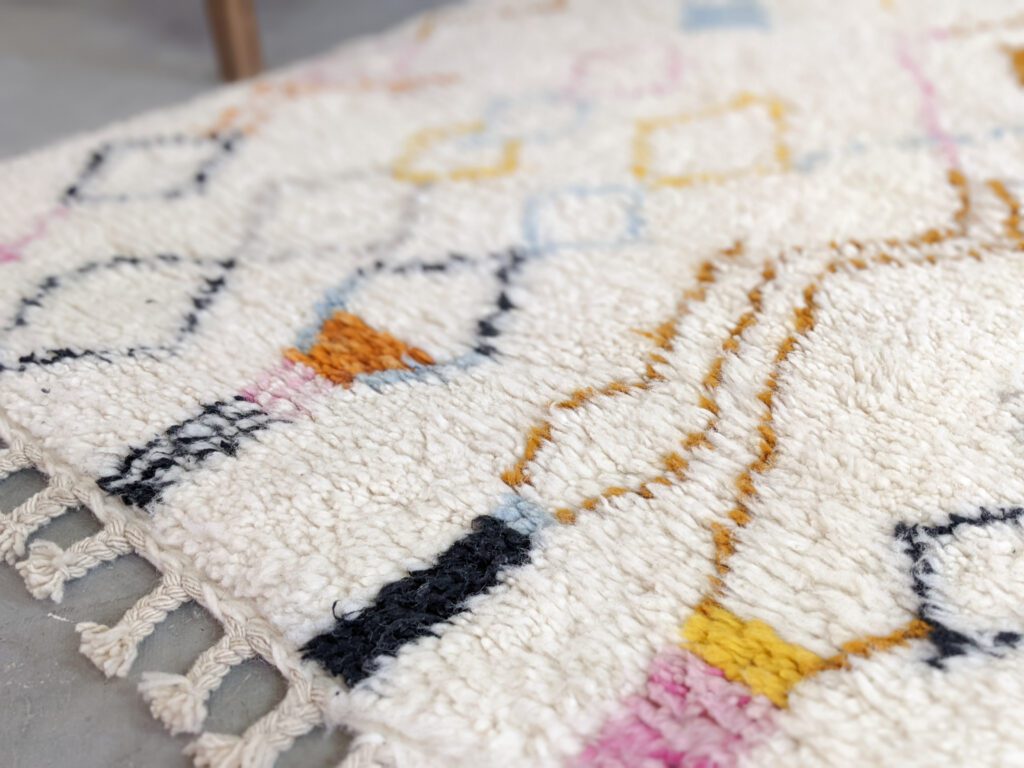
5. Texture and Comfort
Textures can evoke sensory responses. For example, soft textiles like rugs, cushions, and blankets add warmth and comfort, contributing to a peaceful and cozy atmosphere.
Tip: Layer textures by combining wool throws, linen curtains, and soft cotton seating for a comforting, peaceful effect.
Atlas Heritage offer some of the best quality handmade wool rugs originated from Morocco Berber tribes. Visit www.atlasheritage.shop
Final Thoughts
Interior design holds the power to influence emotions, behaviors, and overall mental health and by crafting spaces that reflect calm and order, you can foster a peaceful state of mind and create a sanctuary that rejuvenates your spirit daily. Whether through minimalist aesthetics, natural elements, or personalized decor, a well-thought-out home can become a haven of tranquility.